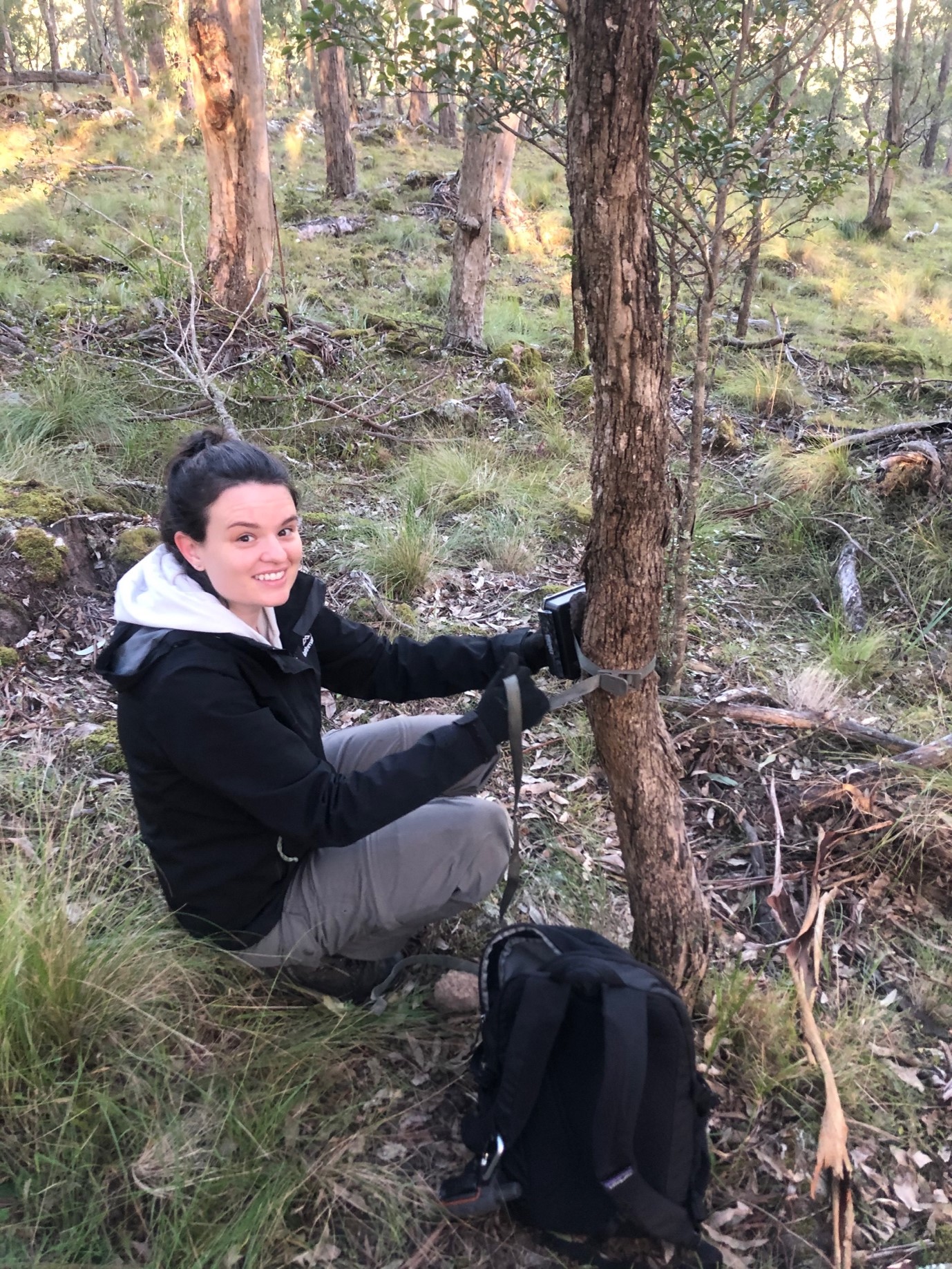Background
As global biodiversity faces unprecedented declines, and with conservation funding in short supply, the strategic allocation of resources is critical. Unfortunately, not enough resources are available to support the recovery of every individual species. In response, the concept of an umbrella species has been introduced. This approach advocates for the protection of select species with the expectation that their conservation will extend benefits to other species in the region. Despite scepticism and debate over its effectiveness on-the-ground, the concept has gained traction for its simplicity and public appeal, and whether ideal or not, has been adopted by governments and organisations across the globe.
The brush-tailed rock wallaby (Petrogale penicillata) is a small, threatened macropod that lives in colonies amongst rocky outcrops in south-eastern Australia. The species has recently been selected by the federal government as a national priority for the upcoming decade under the most recent Threatened Species Strategy. With this decision, it is expected that the brush-tailed rock wallaby will provide benefits to other threatened species. In this thesis, I will use the brush-tailed rock wallaby as a case study for how to maximise the potential of a predetermined priority species that also happens to have a notable absence of formal, quantitative research investigating its threats.

Aims
- Examine potential drivers of brush-tailed rock wallaby persistence and range decline across Australia
- Assess brush-tailed rock wallaby responses to the 2019-2020 wildfires in Queensland
- Investigate the role of the brush-tailed rock wallaby as a surrogate species
- Determine how we can maximise the role of the brush-tailed rock wallaby as a priority species
Methodology
- A spatial analysis applying the niche reduction hypothesis will be used to correlate range contraction with various threatening processes by constructing historical and contemporary distributions
- A landscape level camera trap survey, consisting of 320 cameras, will be conducted to explore brush-tailed rock wallaby habitat use in relation to various threats in a post-wildfire landscape
- Investigate the relationship of the brush-tailed rock wallaby with other species in relation to scale and management requirements
- Develop a strategic conservation plan for the brush-tailed rock wallaby that maximises co-benefits in Queensland
Expected Ouctomes
This research will build on existing methodologies to better understand the threatening processes driving species decline and focus on developing strategic plans for a predetermined umbrella species. Ideally the topics of this thesis will be applicable to an array of different species and help propel practical conservation efforts forward.
References
Maitz, N. M., Taylor, M. F., Ward, M. S., & Possingham, H. P. (2023). Assessing the impact of referred actions on protected matters under Australia's national environmental legislation. Conservation Science and Practice, 5(1), e12860.
Acknowledgements









